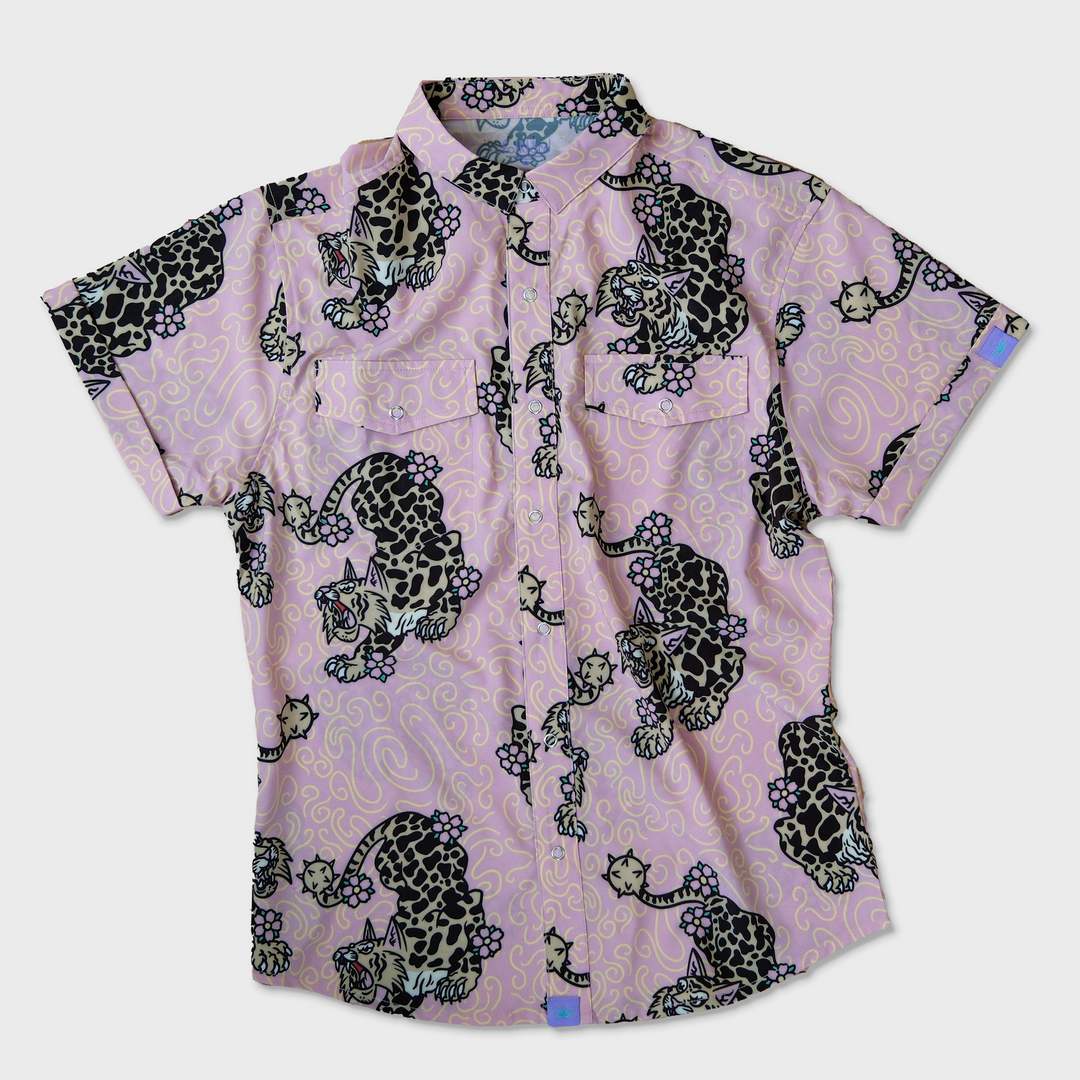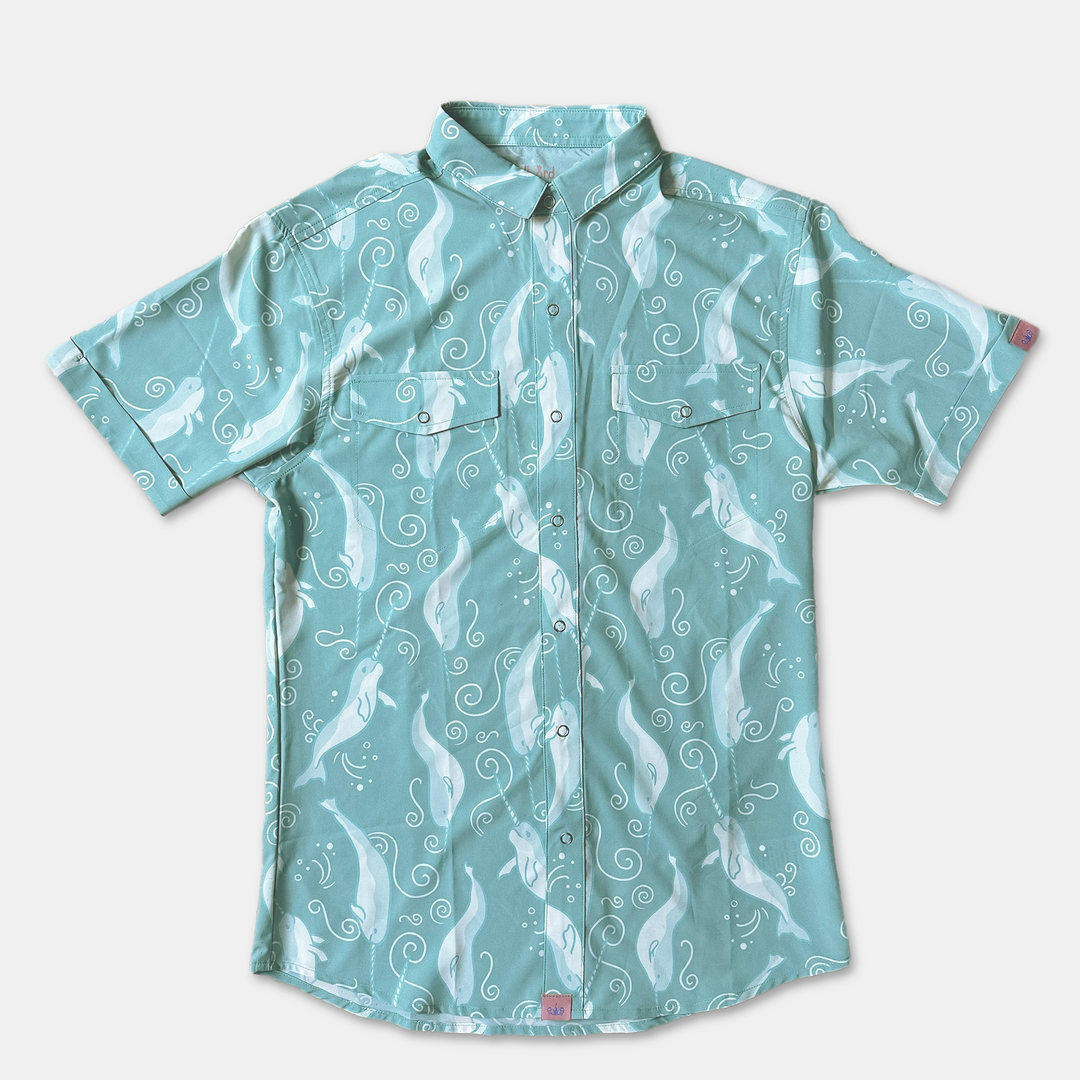JOHN HENRY

Johny Henry was a steel-drivin' man. Well, that about wraps things up. Or does it? The tall tale of John Henry is one of America's nearest and dearest: a post-bellum parable of the sacrifice, toil and work of freed slaves in a modernizing world, and a hyperbolic rumination on humanity's place in an increasingly industrialized society. Most of it, either fortunately or unfortunately, still rings true today as clear as a nine-pound hammer.
A former slave who found work at the C&O after the Civil War, John Henry was the strongest, biggest and fastest man to ever work on the railroad. (He worked on it all the live long day, one would assume.) As most of us know, the story goes that John challenges a steam-powered drill to a race. Swinging his two nine-pound hammers in each hand he triumphs over the machine! And, then, well, his heart explodes and he dies. The tale stands as a symbol of the inexhaustible spirit of African Americans, their hard work and sacrifice under the thumb of an unjust system of oppression. On the lighter side, it's just a fun story where the Black character gets to be the hero and he absolutely unequivocally kicks ass. But who was John Henry, and how did his story become so ubiquitous in American lore?
First we have to discuss two dichotomous approaches to tall tales. Think of them like inductive versus deductive reasoning. On the one hand, you start from one point and build outward, like a triangle. Take the tale of Johnny Appleseed, who was actually a singular, real man whose legend became bigger than reality and was distorted over time. That's a tried and true recipe for storytelling. However, a different method that's neither better nor worse is the inverse: the upside-down triangle. Multiple historians believe (and nine out of ten dentists agree) that John Henry was an amalgamation of several people throughout history working on the railroad who became honed into one single legend. This has been corroborated by many sources and weaves an interesting lineage of the "true" John Henry.
The fact is, many railroad workers on the Chesapeake & Ohio line were former slaves who sought work. And because it's America, the work they could find was the harshest, most back-breaking labor imaginable. Didn't we just fight a war about that? Oh, but at least they got to bunk in camps and were paid meager salaries that essentially funneled back to the corporations because of the sparse resources available and living requirements—I digress. The point was, if you had a lot of former enslaved people concentrated in one place in the early 1800s, you were bound to have more than a few John Henrys. Literally. It was a popular name and surname—which often were adopted by former slaveowners, making genealogy even more tricky. So, let's say you have a guy working on the railroad swinging his hammer. He's relatively big. His name's John Henry. Then, further on down the line, there's a guy who's super fast. What's that guy's name? Johnny H.? Why, this guy over here is pretty fast too! J. Henry, his name is. There are literal interviews of people saying they knew John Henry at the camp they worked in. And what's not to believe? This isn't the Loch Ness monster; it's a guy they knew, with that name. And to them, this guy embodied "John Henry." Eventually, based on anecdotes, word-of-mouth, and a big game of telephone, all these guys ended up becoming the one John Henry we know and love today.
Maybe there's an argument to be made that this dehumanizes these men who worked and potentially died building this country. On the contrary, it can also be said that it champions them and gives us a way to remember them. It's like a Tomb of the Unknown Soldier of storytelling. Countless stories, songs, films and more have been made about or in reference to or inspired by this steel-driving juggernaut of a single man who went up against industry, the metaphorical "big guy," and won. And isn't that a story we can all get behind? As John tells his captain in The Ballad of John Henry, "A man ain't nothing but a man." But what the ballad asks is, "what is a man?" The answer is a whole lot more.
See you out there.































